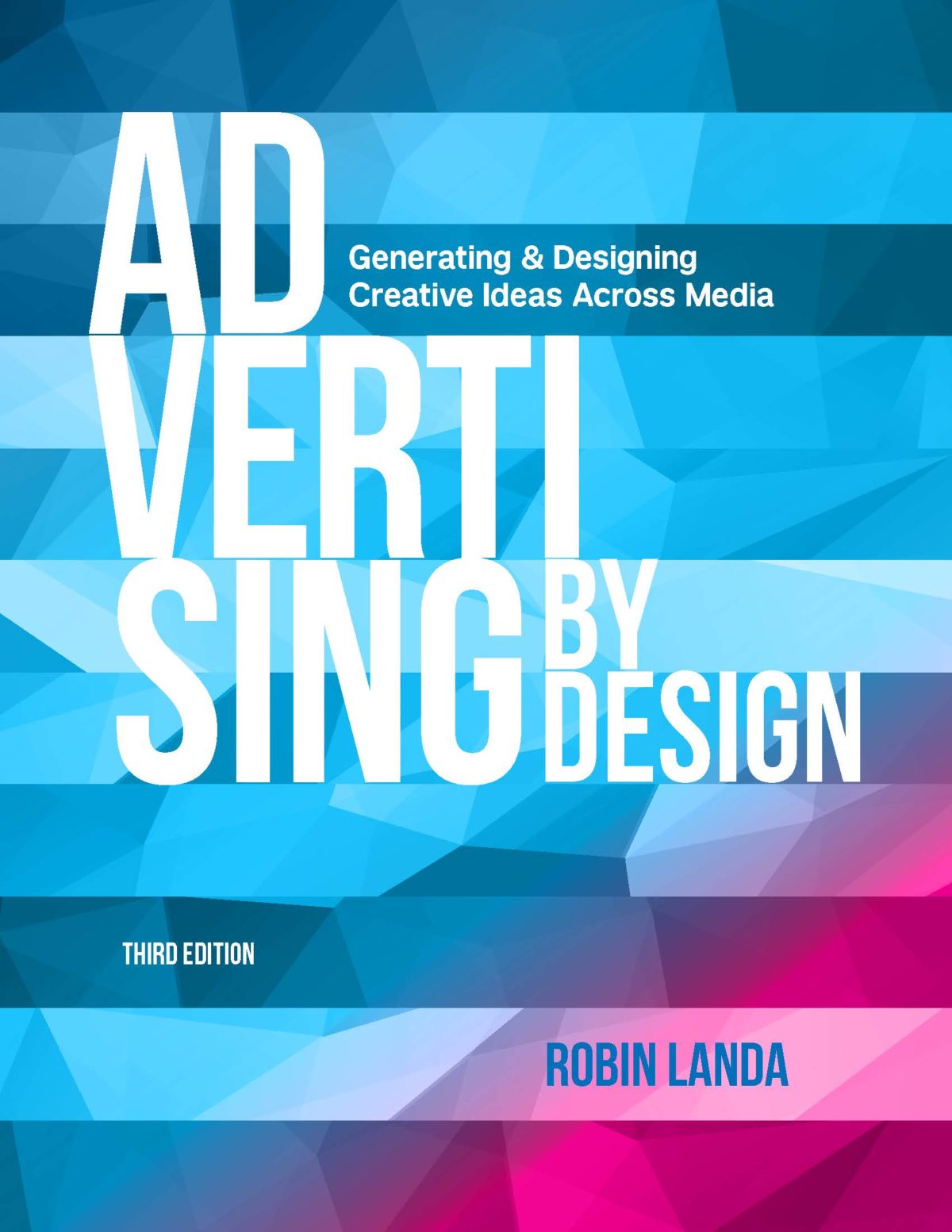Robin Landa
Distinguished Professor
Michael Graves College, Kean University
To help people master Canon’s capabilities, 360i in partnership with Canon “set out to create a classroom experience in the field.” With Canon Photo Coach, 360i helped photo enthusiasts take the kind of photos they hoped for. 360i “used social listening to find New York City’s most photographed areas and then placed billboards right where people were taking those photos.” They created smart billboards—digital screens and trucks equipped with giant monitors that tapped into API data such as light, weather, time, traffic, location and events—giving real-time tips to photographers right when they needed them. This solution is neither conventional advertising nor graphic design.
Interactive public screens. Mobile design. Social media design. Environmental experiences. From any consumer’s point of view, brand experiences have been converging. However some design courses remain in pre-digital era silos.
Moira Cullen, Coca-Cola’s former design director, once said our profession could no longer tolerate thinking in silos. Yet we’re still divided in departments, in the classroom, and in our own brains. Contemporary visual communication problems demand new types of pedagogy.
To effectively address dealing with this convergence, I have been abolishing graphic design and advertising categories (and some conventions) in the classroom. Getting my students to think of visual communication as value-added experiences is my approach. I do this by asking students to consider the following questions when critiquing their own concepts.
- What benefit does your concept offer people?
- Is there any social good you can promote while promoting a brand?
- Can a design or advertising solution be in the form of entertainment, a product, service, or utility?
As a result, my students have secured coveted internships and jobs with New York City agencies and studios. It’s time to embrace integrated ways to teach in the age of convergence.
This research was presented at the Design Incubation Colloquium 3.2: Parsons Integrated Design on Thursday, Feb 16, 2017.

